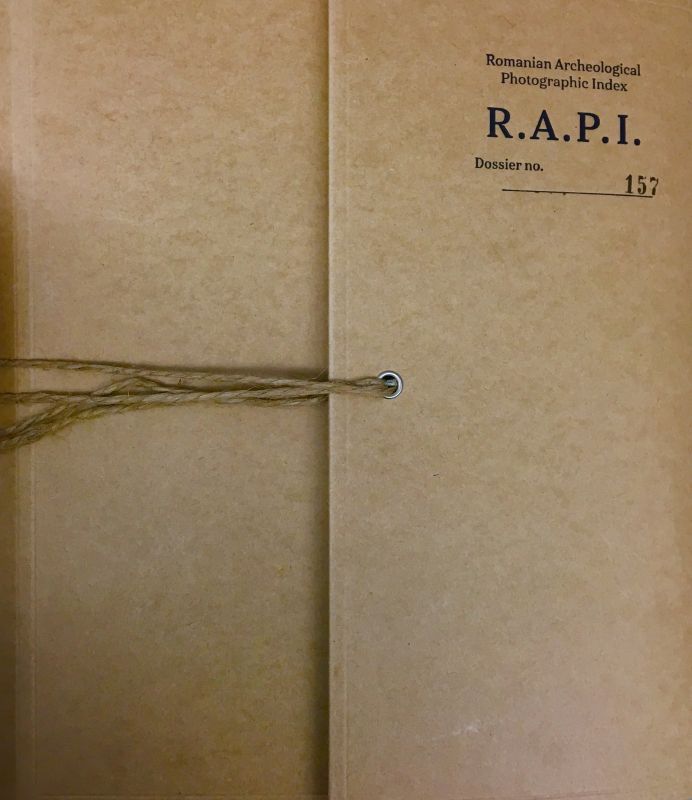
Soft Cover, English, 2018
R.A.P.I. (Romanian Archaeological Photography Index)
availability unknown, if interested please write an email
R.A.P.I. presents the “Underground” project, developed between 2014-2015. The duo, Michele Bressan / Bogdan Girbovan, take up the “magnets” myth (locals from Romanian villages that are situated near the WW2 areas, who recovered remains from the battlefields as to benefit from selling them to metal recyclers), in order to structure a photographic index and offer new historical information.
The intention is to generate new landmarks, which in turn establish a connection between the natural environment and the historical space. The project explores this relation by studying how the remains of civilization are periodically absorbed and integrated in nature. In the same time, the approach functions as a reminder of the inescapable gravity, highlighting how, at some point, everything ends up in the ground. The use of the metal detector creates a visual bridge between spaces and objects. The selected zones are presently unpopulated, but have had registered human activity in the past, with either confirmed or unconfirmed historical importance. The direct relation with the ground and also with local memory associates a landart dimension to the project, making a turn from a scientific approach to one that is artistic and performative.
The project forms around two layers. First, the landscape - working perimeter - is presented. Then the objects are separated from their medium, decontextualised and photographed in a controlled setup, so that the objective representation of their form becomes a showcase, almost abstract, and hints to other interpretations. The two layers construct a series of archeological episodes in which photography is used as a indexing medium and study instrument. The aim is to develop an archive of explorations, structured in the form of an index that presents both the explored areas and the objects found in their underground. R.A.P.I. focused the ''Underground'' project on the major conflict areas within the Romanian territory, covering several WW1 and WW2 battlefields and investigated how the recovered artifacts can define the historical identity of the places of interest. The value of the objects can is in this way be restored, and the link between landscape and the events that occurred in it re-established, through the witness value of the metallic remains. Field work, especially excavation, constitute the performative structure of the approach. The voyeurism inherent to resurfacing objects that are lost in the ground and in time proposes a new historical mapping that complements the existing one, suggesting that both our past and future can be found undergound. Sprache: Englisch
